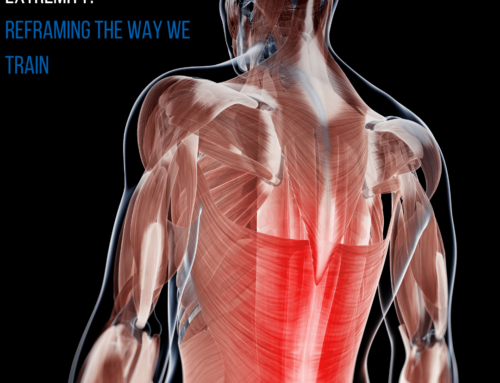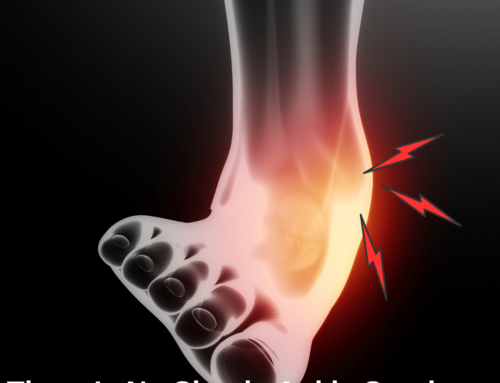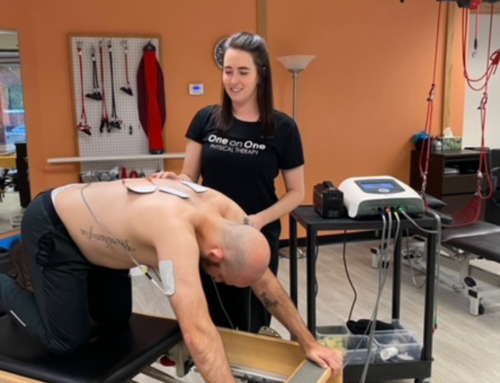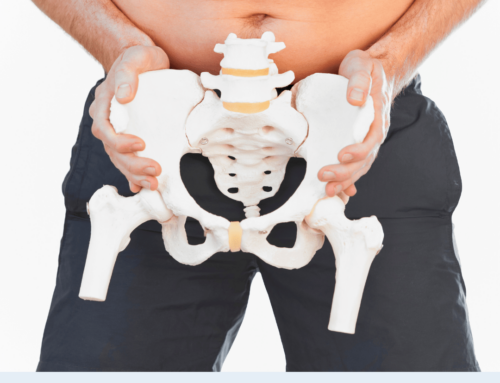Saddle Stress // A Cyclist’s Guide to Saddle Fitting
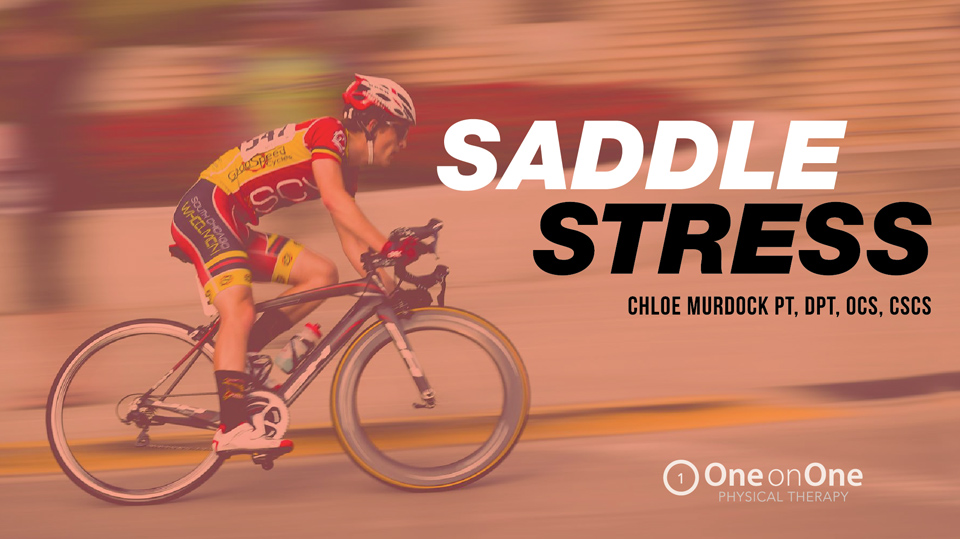
Don’t let saddle pain ruin your summer
I spend a lot of my time around cyclists, and the most common complaint I hear from my friends, clients, and patients is of saddle pain. Some have given in, resigning themselves of a life of painful riding because they were once told to “suck it up, because all saddles are painful”. Some have significantly reduced how much they ride, or stopped riding entirely. As a lifelong cyclist, I too have invested hundreds of dollars on saddles that quickly became unrideable, until finding my perfect saddle last year. But how do you know what saddle is right for you, and where to start?
Through my experience as a physical therapist and bike fitter, I have learned that there are three primary drivers of saddle pain: incorrect saddle choice, inappropriate bike fit, and physical asymmetries or deficits. It’s not uncommon for two or even three of these drivers to be responsible for a cyclist’s saddle pain, and identifying what’s causing the problem is the first step to pain-free riding.
The best saddle for you must match not only your physical structure (morphology), but also the style of riding you prefer. For example, a road cyclist sits more upright on the saddle, with weight dispersed across both ischial tuberosities (sit bones) and pubic bones. In this position, the width of the sit bones dictate the width of the rear of the saddle so that the pelvis is appropriately supported. In addition, the nose of the saddle must be wide enough to support the pubic bones, but not so wide that chafing occurs on the inner thighs. On a triathlon bike the pressure is significantly biased forward onto the pubic bones, and a cutout is often required to eliminate pressure on sensitive soft tissue and nerves. In this position, the width of the rear of the saddle becomes less important, and the width, length, and placement of padding on the nose of the saddle becomes much more important.

Cobb JOF 55 noseless triathlon saddle with cutout
Selle Italia and some other saddle manufacturers have developed measuring systems to quantify these body measurements and guide cyclists toward properly fitting saddles. This is the point at which most cyclists get stuck in their hunt for the perfect saddle. However, your perfect saddle may still be uncomfortable if your bike fit is not optimal.
A comprehensive bike fit is performed on a dynamic fitting bike – a bike that moves underneath the cyclist as she rides. This allows the cyclist to provide accurate feedback to the bike fitter, and feel the difference that millimeters can have on comfort and power. Through this process, a trained bike fitter determines a cyclist’s ideal position on the bike, including saddle position, handlebar position (aerobar position for triathletes), and cleat position.

GURU dynamic fitting bike
The cyclist’s flexibility plays a large role in determining saddle choice at this point in the process. A more flexible woman may sit with more anterior (forward) pelvic tilt, and as a result more pressure is placed on the pubic bones and a larger cutout and more padding on the nose may be necessary. A less flexible man will sit with more posterior (backward) tilt of the pelvis, with weight on the sit bones and less of a cutout required.

Selle Italia Flite without cutout

Selle Italia Lady SLR with cutout
Lastly, physical limitations can be an important and overlooked contributor to saddle pain. Altered pelvic alignment and asymmetries in muscle tone and flexibility anywhere from the shoulders down to the ankle can prevent a cyclist from sitting squarely on the saddle. A hallmark sign of this is chafing or pressure pain that occurs only on one side. In addition, if a cyclist lacks good core and spinal muscle control, this can lead to rocking on the saddle, causing symmetrical chafing on both sides. These are problems that can be easily identified and treated by a pelvic health or orthopedic physical therapist.
Unsure what’s causing your saddle pain? Chloe Murdock offers free 30 minute consultations at One on One Physical Therapy and Podium Multisport and can answer all of your cycling related questions.
Chloe Murdock is a Board Certified Orthopaedic Physical Therapist and trained pelvic health physical therapist, treating patients at One on One Physical Therapy. She is also a FIST certified bike fitter, and works at Podium Multisport in Atlanta. Locally, she is a member of the Sorella Cycling race team, and can be reached at chloe@onetherapy.com.
